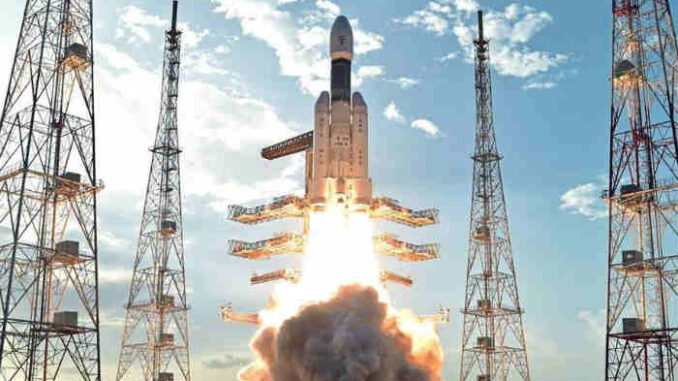
Introduction
India achieved a significant milestone in its space exploration endeavors as it successfully launched its first-ever solar mission, Aditya L1. The successful launch, which took place today (02/09/2023), has marked a new era for India’s space program and has opened up exciting avenues for further advancements in solar research.
The main objective of the Aditya L1 mission is to study the Sun’s corona, the outermost layer of its atmosphere, and unravel the mysteries surrounding this dynamic region. Through this mission, India aims to gather crucial data about the Sun’s magnetic field, solar irradiance, and other solar phenomena that have a profound impact on the Earth’s climate and space weather.
The launch itself was a remarkable feat, showcasing India’s growing capabilities in space technology. The Aditya L1 spacecraft was launched by the Indian Space Research Organization (ISRO) using the trusted PSLV-C51 launch vehicle from the Satish Dhawan Space Centre in Sriharikota. The spacecraft, weighing approximately 400 kilograms, was placed in a geostationary orbit around 1.5 million kilometers away from Earth, with the help of an additional propulsion system.
The success of the Aditya L1 mission has significant implications for both scientific and practical purposes. On the scientific front, the mission will provide invaluable insights into the mechanisms driving solar flares, coronal mass ejections, and other solar phenomena. These phenomena, which emit vast amounts of energy and charged particles, can disrupt satellite communications, and power grids, and even pose risks to astronauts in space.
Furthermore, the mission will also help scientists better understand the Sun’s impact on climate change, as solar activity influences Earth’s atmospheric conditions and temperatures. By studying the Sun’s energy output and its role in driving Earth’s climate variations, researchers can enhance climate models and forecast long-term climate trends more accurately.
From a practical standpoint, the Aditya L1 mission holds promising potential for technological advancements in solar power generation. The knowledge gained from studying the Sun’s corona could pave the way for safer and more efficient solar energy systems. By understanding the Sun’s behavior and harnessing its immense power, India can explore innovative ways to meet its growing energy demands and reduce dependency on fossil fuels.
The success of the Aditya L1 mission underscores India’s growing presence in the field of space exploration. Over the years, ISRO has made remarkable strides, with achievements such as the Chandrayaan-1 lunar mission, Chandrayaan-3, and the Mars Orbiter Mission. With the Aditya L1 mission, India demonstrates its commitment to pushing scientific boundaries and contributing to global advancements in space research.
Dr. Kailasavadivoo Sivan, former chairperson, of ISRO, posted a video on Instagram mentioning, PSLV-C57/Aditya-L1:
India’s First Solar Mission has been Launched SUCCESSFULLY From SDSC-SHAR Shriharikota! 🚀🛰️
View this post on Instagram
In conclusion
India’s successful launch of the Aditya L1 mission marks a significant milestone in the country’s space exploration journey. By studying the Sun’s corona, the mission will provide invaluable insights into solar phenomena, climate change, and the potential of solar power generation. This achievement showcases India’s growing prowess in space technology and highlights its commitment to advancing scientific knowledge for the betterment of society.
Leave a Reply